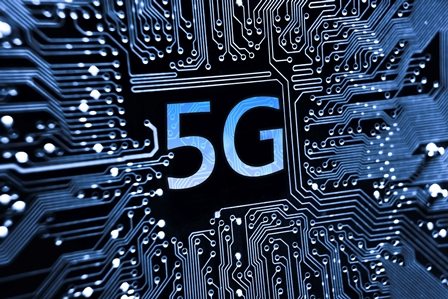One of the biggest challenges the mobile industry faces is how to accommodate the extraordinary increases in data volume and performance expectations over the next couple of decades. It’s clear that no single aspect of the technology needs to be reimagined in order for 5G to meet expectations — indeed, we’ll have to look at the entire system from end to end and take nothing for granted. It’s arguably the most radical evolution in wireless technology since the evolution from 1G to 2G.
The underlying transport network provides the all-important connection from the Radio Access Network (RAN) to the packet core, which subsequently makes the connection to the public Internet. Changes in the transport network architecture tend to get less attention than developments in radio access technology, but they are no less important. Distributed antenna systems (DAS), remote radio heads (RRHs), and small cell base stations, with functional splits between the radio and data centers that are ongoing discussions in standards organizations, will all be part of 5G deployments and all place different requirements on the transport network.
The term fronthaul is used to describe the connection between the cell tower radio itself (Radio Head or RH) and the mobile network control backbone (the Baseband Unit or BBU) and CPRI is a well-known standard for this interconnection. Backhaul is the linkage between a basestation and the core wired network, and is often fiber or coax, and in some cases broadband, proprietary wireless links. Fronthaul, backhaul, and various hybrid architectures will be needed to accommodate cost efficient, backwards compatible, dense deployment of network infrastructure necessary to provide the broadband, low latency demands for 5G systems.
The fusion of fronthaul and backhaul into an integrated 5G Transport Network is a forward looking concept that targets a flexible, reconfigurable, software defined transport architecture. It envisions a single network that can support a variety of functional splits between the antenna and the packet core. This view aligns with the evolution of Network Function Virtualization (NFV) and Cloud RAN (CRAN) which points to a data center that can be configured to support whatever functional split is deployed in the network. At one extreme, a legacy basestation and backhaul can be accommodated. At the other extreme, a network of densely distributed radio heads configured for massive MIMO can exchange compressed digitized radio samples for cloud-based processing.
5G-Crosshaul, which brings together a number of partners (including InterDigital), is a European 5GPPP project that is working to address this evolution. According to a paper published recently by the project, “5G-Crosshaul will act as a bus/transport network connecting Radio Heads (RH) to BBUs which will be virtualized and hosted in Data Centres. Once virtualized, base station functions can be flexibly distributed and moved across data centers, providing another degree of freedom for load balancing.”
The challenge is to develop a set of standardized interfaces and a fabric of high-capacity switches that meet the bandwidth, latency, and jitter requirements necessary for all the 5G applications. The interconnection among elements must support fiber, high capacity copper, wireless optics, or millimeter wave wireless links. And, of course, the new network must be backwards compatible with legacy transport systems to enable cost effective migration.
Ultimately the need is to provide 5G levels of performance in a cost effective manner, and to limit the ever-increasing growth in OPEX and CAPEX. A Crosshaul-type system could provide major gains via software reconfigurability, both for the transport network and by enabling the data center cost savings promised by NFV and CRAN concepts. Other advantages would be energy efficiency by enabling dynamic activation and de-activation of network components and enabling multi-tenancy and network sharing. The combination of all these benefits may well be a key to the economics of 5G and beyond, and the continuing growth of the mobile wireless technology.

